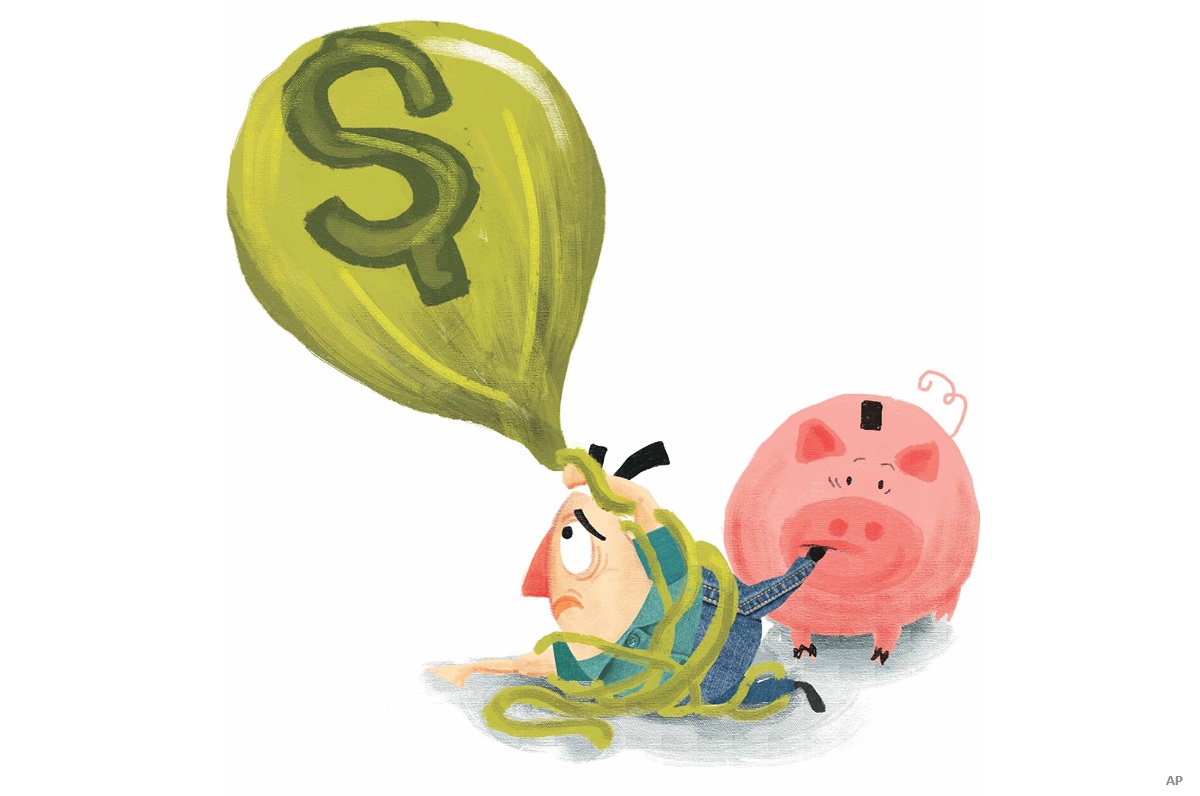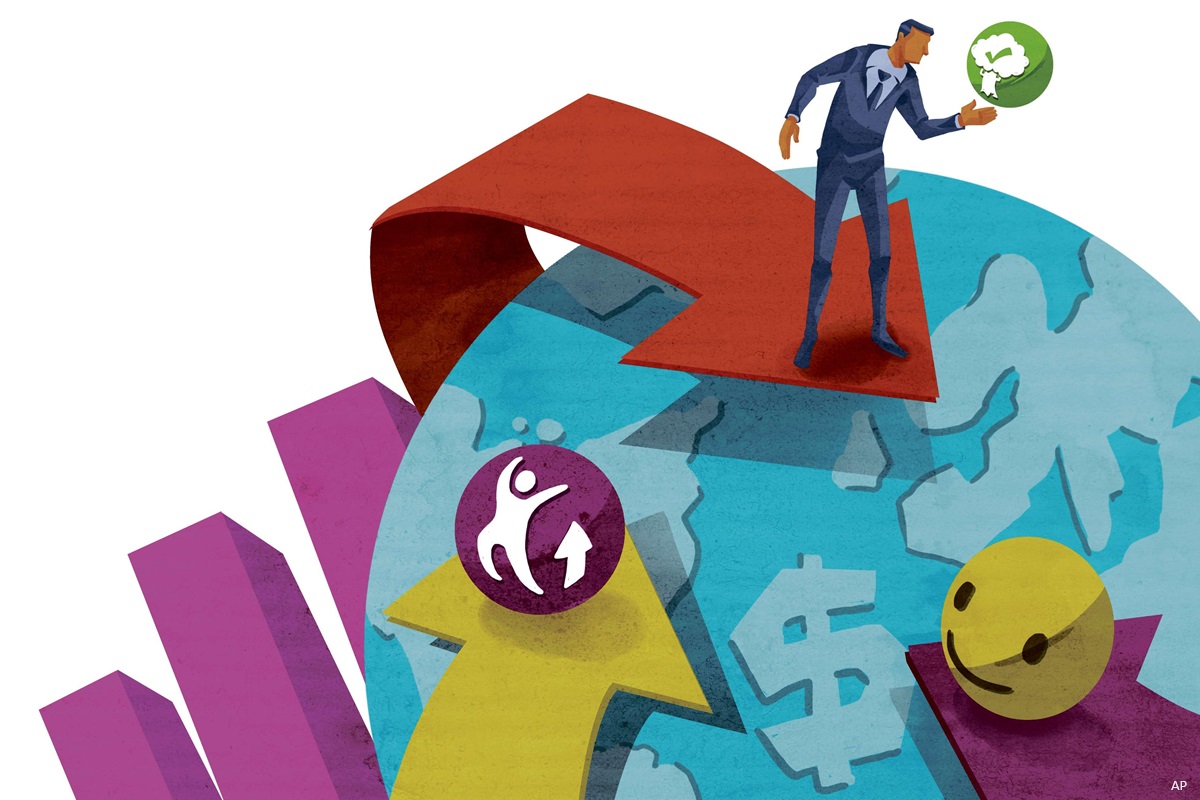As countries seek to improve their living standards, they increase pressure on the world’s natural resources. Yet as these resources are finite, resource providers are looking for alternatives that are cheaper, easier to produce than conventional materials, and also sustainable. In the view of natural resources specialist Benoit Gervais, we are in a new era of sustainable resource consumption, which means seeking companies that will benefit from this environment.
“This shift by society towards better Environmental Social and Governance (ESG) standards encompasses many topics. And the most important one is climate change. Which brings us under the “E”, or the environmental umbrella,” says Gervais, senior vice-president and head of the resource team at Toronto-based Mackenzie Investments. A Montreal native and 18-year industry veteran who joined Mackenzie in 2001, after graduating from McGill University with a bachelor of engineering and an MSc (in mineral economics) from the Colorado School of Mines, Gervais is lead manager of the 4-star, gold-rated Mackenzie Global Resource Class. He leads a team that includes Onno Rutten, Scott Prieur and Asmaa Marrat.
Sustainability now a necessary efficiency
“Because there is so much pressure by society to consume more of everything, and energy in particular, there is a need to minimize our footprint, or the negative externalities of this consumption,” says Gervais. “When we say externalities, we talk about the impact we make on society, which is not considered as part of the equation. But we do need to account for it.”
Gervais argues that when we talk about climate change, we are saying that the cost of generating more CO2 needs to be factored in. “We cannot simply compare Kilowatt hours of energy production and say they are all the same,” Gervais continues. “In fact, a gigajoule [a measure of energy] coming from oil and gas is different from one coming from wind. Even though they are sold as ‘energy’ they may have externalities, or impacts, that are not accounted for. We need to compensate for that and minimize the externality, or impact. People recognize this and the fact that we need to be more efficient.”
Gervais maintains that the notions he is putting forward have been applied to the fund since 2004 when he became involved in managing the portfolio. “It’s always been present. Now it’s a more formalized part of our process. And about 10 years ago the concepts began to accelerate because of technology and growth in emerging markets. When China experienced rapid growth in the 2000s, mainly on the back of coal consumption and now oil, you could say, ‘if they had not grown so rapidly, from an industrial perspective, then there wouldn’t be as much pressure on the environment today.’ This is one example of the growth versus environment challenge the world is trying to solve.”
Four resources getting a re-think
From a sector perspective, Gervais is focusing on four areas where the theme of sustainable resources is playing out. They are: the growth of natural gas at the expense of coal; the growing use of lumber over cement; the growing use of copper over iron and steel; and the move away from plastic packaging and towards containerboard.“Natural gas [will grow] because it generates a lot fewer particulates and less CO2 emissions than coal,” says Gervais. “Lumber comes from trees and they sequester carbon. Cement is responsible for up to 10% of global CO2 emissions. Some believe that cutting trees is a bad thing. In fact, ‘teenage’ trees consume more CO2 than ‘senior’ or mature trees. Just like humans. So, you want that CO2 sequestered by cutting some of the mature trees and grow a lot of those ‘teenage’ trees. If anything, lumber should be trading at a premium because it is a superior environmental solution and should be put to use more often than cement.”
As for copper, Gervais believes that its growing usage will facilitate the electrification of society. “You want to carry more electrons in your car and these electrons will come from a more renewable energy grid. You want to carry those gigajoules from point A to point B. Copper will allow for this transition.” Finally, containerboard is much easier to recycle than plastic packaging. “If you go to Europe, for instance, there are far fewer food containers made of plastic. When it comes to cereal there is just one big pouch made of natural fibre.”
Don’t pay more to make a difference
All these themes, says Gervais, share one attribute: they don’t require consumers to pay materially more than for conventional resources. “And you can still make a positive impact on society.”
Running a portfolio that is split roughly equally between materials and energy holdings, Gervais owns about 60 stocks. One top name is leading copper producer First Quantum Minerals Ltd. (FM). “Copper is greatly under-valued in our opinion and First Quantum has several projects underway,” says Gervais, noting the firm produces over one million tonnes of copper in South America and Africa. “It has a strong growth trajectory and is attractively valued. We liked firms with high sustainable free cash flow. In the case of Quantum, it’s between 12% and 20%.”
On the natural gas side, Gervais favors Advantage Oil & Gas Ltd. (AAV), an Alberta-based producer of about 50,000 barrels of oil equivalent (BOE) per day. “It has a concentrated asset base and controls its infrastructure. And it has a sustainable free cash flow yield in the high teens.”
In addition, Gervais favors WestRock Co. (WRK), one of the top three producers of containerboard in the U.S. “It processes both virgin and recycled fiber and sells it largely to the American market. It has a sustainable free cash flow yield in the high teens.” Noting that the firm is still digesting its 2018 merger with KapStone Paper and Packaging Corp., Gervais adds: “We see them paying down debt and growing their sustainable free cash flow yield.”
From a performance standpoint, Gervais acknowledges that the past decade has been a disappointing one for resources in general. The fund had an average annual compound return of 2.73% for the period ended May 3, versus -1.27% for the Natural Resources Equity category.
But he maintains that a turnaround is at hand. “The past decade has been subdued because of the excesses of the 2000s,” says Gervais. “Industries, whatever commodity they produce, have been trying to re-balance the supply and demand. And, second, they are dealing with the new era of resource efficiency.”
For coal producers, for instance, it will be very tough going and they likely won’t command high share price multiples. “However, if you can reinvent yourself, by using that sustainable free cash flow--and put it into lumber or copper and reinvent yourself as a new company---then that multiple could expand,” observes Gervais. “We have entered this new era which could ultimately lead to a re-rating of these companies [that adapt to the new environment]. Until now, it has largely been a headwind. But we believe it will become a tailwind over the next few years.”







:quality(80)/cloudfront-us-east-1.images.arcpublishing.com/morningstar/347BSP2KJNBCLKVD7DGXSFLDLU.jpg)












